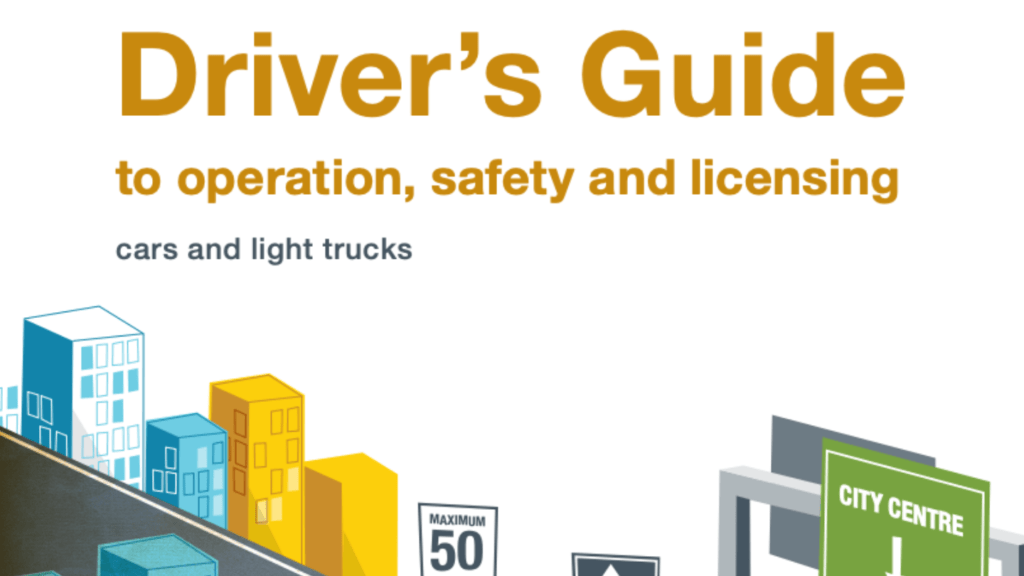Nunavut Learner Driving Test Parts 2
The Nunavut Learner’s License is the first level in Nunavut’s Graduated Licensing System (GLS) and is designed for new drivers who are learning to drive. To obtain a Nunavut Learner’s License, you must be at least 16 years of age and pass a written knowledge test and a vision test. The Nunavut Learner’s License is valid for two years, during which time the new driver must gain driving experience and practice their skills.
Driver's Handbook
The Nunavut Learner’s License is the first level in Nunavut’s Graduated Licensing System (GLS) and is designed for new drivers who are learning to drive. To obtain a Nunavut Learner’s License, you must be at least 16 years of age and pass a written knowledge test and a vision test. The Nunavut Learner’s License is valid for two years, during which time the new driver must gain driving experience and practice their skills.

Watch our Videos
The Nunavut Learner’s License is the first level in Nunavut’s Graduated Licensing System (GLS) and is designed for new drivers who are learning to drive. To obtain a Nunavut Learner’s License, you must be at least 16 years of age and pass a written knowledge test and a vision test. The Nunavut Learner’s License is valid for two years, during which time the new driver must gain driving experience and practice their skills.
